In the midst of the worst public health emergency in a century, Senator Bob Smith introduced the most potentially significant piece of recycling legislation since the Mandatory Source Separation and Recycling Act in 1987! Introduced on June 4, S2515 would establish recycled content requirements for plastic containers, glass containers, paper carryout bags, reusable carryout bags made of plastic film, and plastic trash bags sold or offered for sale in the State, and prohibit the sale of polystyrene loose fill packaging.
Recycled content legislation is exactly what is needed to address international market disruptions for commodities, primarily brought about by actions taken by China and other Southeast Asian countries. Recycled content legislation also provides what is needed to “close the loop” to make recycling a key element of a sustainable future.
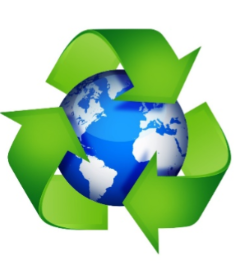
Critical Elements of Recycling: Collection, Processing, Markets
The universal symbol of recycling is the “chasing arrows” logo where each of the 3 arrows represents a critical element of recycling. The first represents “collection” which we all participate in with at-home separation and cleaning of recyclables for curbside pickup by a municipal Department of Public Works or private sector haulers. The second is “processing” where public and private sector Class A facilities, like Bayshore Single Stream Solutions, separate back out what we commingled at the curb to send to market for manufacturing new products from post-consumer material. We are fortunate in New Jersey to have 22 intermediate processing facilities which provide this infrastructure across the state. Finally, the third arrow represents the most challenging, “markets.”
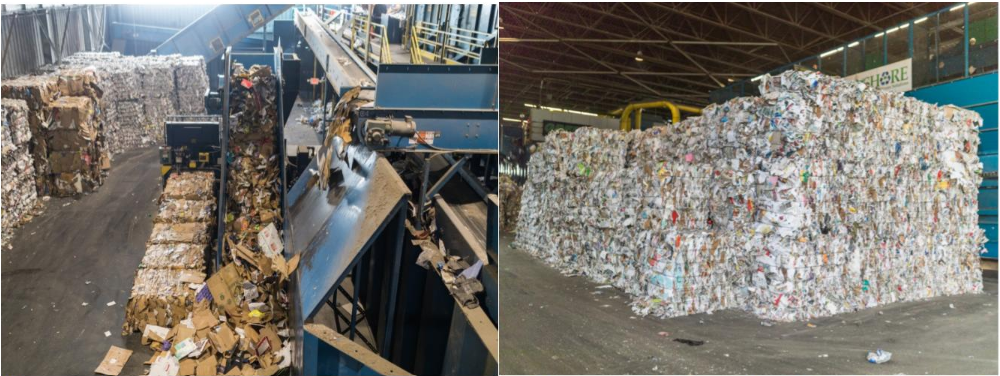
Processing
The recycling industry in New Jersey has grown to employ some 27,000 people which adds almost $6 billion annually to our state economy. As noted, we have 22 Class A facilities which process curbside collected material, over 100 Class B facilities accepting concrete rubble, asphalt debris, wood scrap and scrap tires, 38 Class C facilities processing organic material and dozens of industrial facilities including steel mills, foundries and paper mills. Most recent DEP statistics show the state achieving a 60% total waste stream recycling rate and a 40% municipal waste stream recycling rate – among the highest recovery rates for any State in the US. We have grown from mandating 3 materials for recycling to an average of 16 in County Recycling Master Plans.
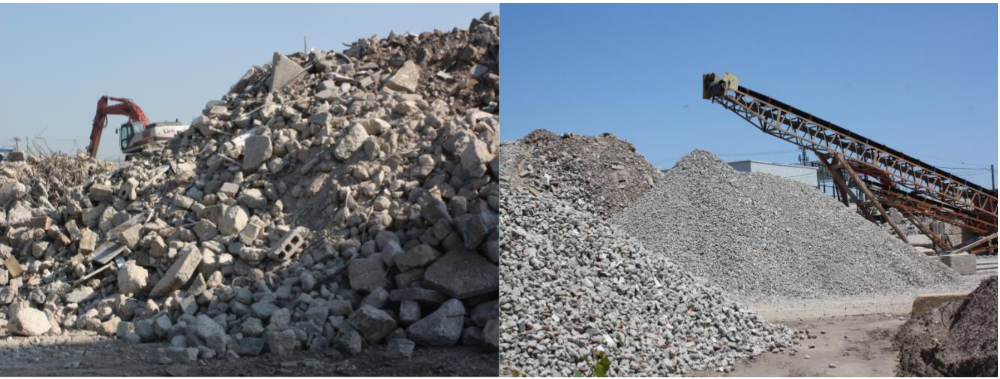
Markets
While we have made tremendous advances since becoming the first state in the country to adopt mandatory recycling in 1987, we now stand at a crossroads. International markets have all but collapsed, most notably based on public policy decisions and regulatory restrictions imposed by China,which have been widely reported on and characterized as the Green Fence and Green Sword initiatives. Without question, recyclers face the most challenging market conditions in industry history which threatens the viability of many member businesses. The unprecedented economic impacts associated with COVID-19 further exacerbate the ominous condition of the recycling industry at this time.
The Impact of S2515
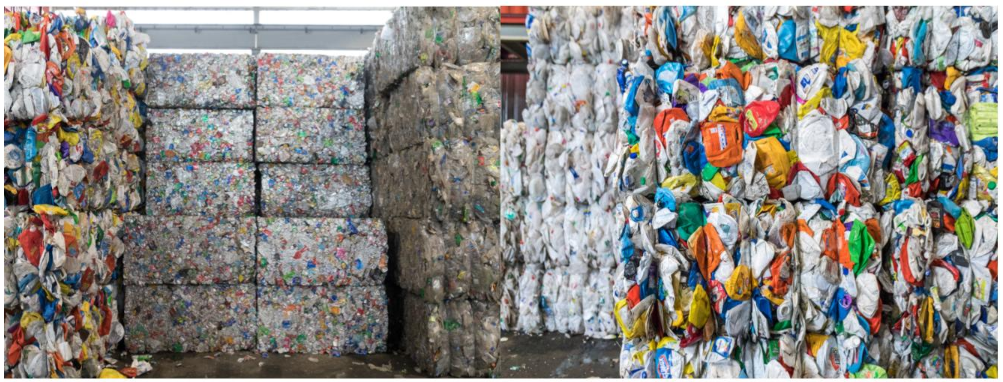
Recyclers have long dreamed of “content legislation” imposed on manufacturers to require realistic percentages of post-consumer material to be included in new products and packaging to stimulate markets. If passed, S2515 would represent the most progressive and comprehensive recycled content legislation in the country. As proposed, S2515 would require:
Manufacturers recognize that content standards are coming and represent an important aspect of their corporate responsibility platform toward a sustainable future. When a similar content standard for plastic beverage containers was debated last year in California, which ultimately arrived at the same 2031 standard of 50% post-consumer content (California Assembly Bill 792), Nestlé Waters North America, one of the largest manufacturers of plastic water bottles in the US, applauded the California Legislature for passing the bill and encouraged Governor Gavin Newsom to sign it into law.
On June 17 Senator Smith chaired a virtual hearing of the Senate Environment and Energy Committee which included “discussion only” comment on S2515. The Association of New Jersey Recyclers and members of EarthShare New Jersey testified in favor of this critical legislation needed to stimulate markets for recovered material. Now is the time for recycled content legislation to be debated and enacted. Collectively, we will work through the daunting challenges created by COVID-19.
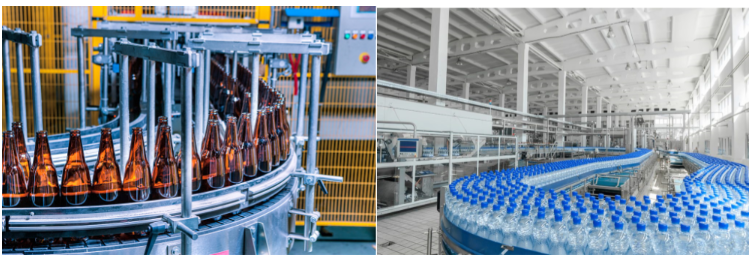
And there is another reason for urgency in actively pursuing S2515. Another looming societal challenge of immense proportions awaits as we address climate change, which has taken a back seat to to efforts to tame the virus. It is abundantly clear that our most effective directional attack on climate is sustainable living and building robust circular economies. S2515 takes a giant step in closing the loop of the three “chasing arrows” of recycling by providing a framework for market development in plastics, glass and paper recycling. Passage would help ensure that we have sustainable curbside recycling programs that remain vibrant for generations to come.

Valerie Montecalvo
President and CEO
Bayshore Family of Companies